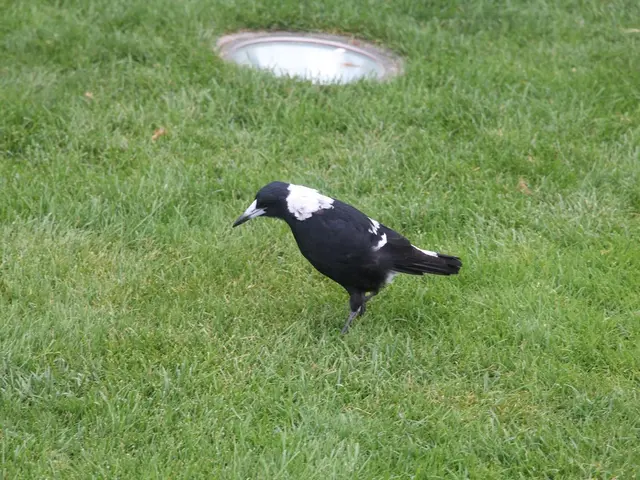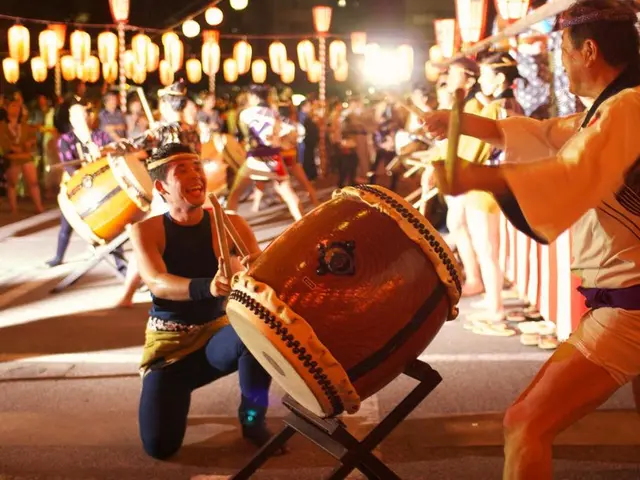Discover Various Jasmine Species: A Look at 30 Different Kinds of Jasmine Plants
In the realm of horticulture, few plants captivate the senses quite like jasmine. Cultivated worldwide for its diverse array of varieties, this popular plant offers a kaleidoscope of colours, fragrances, and growth habits that make it a cherished addition to gardens and homes.
One of the most iconic jasmines is the Common Jasmine, or poet’s jasmine (Jasminum officinale). Known for its fragrant white flowers with a tubular, flaring, lobed, pinwheel-like shape, it is widely cultivated for perfume production due to its highly aromatic flowers. It thrives in summer, its shining leaves adding a touch of elegance to any setting.
Italian Jasmine (Chrysojasminum humile), while not a true jasmine, shares a close relation. This hardy perennial vine is highly adaptable and low-maintenance, making it suitable for USDA zones 7 to 10. It offers a bold splash of colour with its bright yellow flowers that bloom from late spring through early autumn.
Winter Jasmine (Jasminum nudiflorum) is a Chinese species that stands out by flowering in winter or early spring, a time when other plants are dormant. Its solitary yellow flowers adorn the garden when most other blooms are absent.
Japanese or Primrose Jasmine (Jasminum mesnyi) is notable for its larger flowers that bloom during winter, offering colour and fragrance in a less typical season for jasmine.
Star Jasmine (Trachelospermum jasminoides), although not a true jasmine, is widely cultivated for its delicate, star-shaped white flowers and sweet fragrance. It can grow as a vigorous vine up to 4.5 meters if supported and blooms in late spring and summer.
Fragrance and molecular profile variations among jasmines are significant. Jasmines growing in cooler climates tend to produce fresher, greener notes, while those from hotter regions emit a headier, more sensual aroma. This terroir effect is significant in perfumery.
Different types of jasmine plants have distinct and unique characteristics that make them interesting in terms of appearance, fragrance, growth habits, and climate adaptability. For instance, Summer Sunset jasmine (Jasminum sambac 'Summer Sunset') bears double flowers that change colour from creamy yellow to orange as they mature, while Chilean Jasmine (Mandevilla laxa) produces clusters of fragrant, white, trumpet-shaped flowers that attract butterflies and hummingbirds.
Downy jasmine (Jasminum multiflorum) adds a textural element with its soft, downy leaves, and the Pink Jasmine (Jasminum mesnyi) adds visual interest with its flowers that age from bright yellow to a soft pink hue.
Jasmine, a symbol of beauty and elegance, continues to captivate gardeners and perfume enthusiasts alike with its myriad of varieties and the unique qualities each one brings to the table. Whether you're seeking a fragrant vine, a bold splash of colour, or a plant that blooms in the least expected seasons, there's a jasmine out there waiting to enchant you.
- Jasmine plants, such as the Star Jasmine and Primrose Jasmine, are often found not only in gardens but also indoors, adding a touch of nature and fragrance to one's lifestyle.
- For individuals who admire both gardening and fashion-and-beauty, the diverse range of colors and scents offered by various jasmine species, like the Common Jasmine and Winter Jasmine, can provide an ideal accent to their home-and-garden décor.
- When preparing food and drink, kitchen garden enthusiasts might consider cultivating Italian Jasmine or Downy Jasmine, as both plants offer edible parts and contribute to a unique flavor profile.
- For those who enjoy the hobby of plant propagation, seeking out and cultivating exotic jasmines, such as the Summer Sunset jasmine or the Chilean Jasmine, in a nursery can prove rewarding, providing a potpourri of intriguing plant characteristics.








